
Hue sweet soup is very rich. In any region of Vietnam, people process beans to make sweet soup. Black beans, green beans, any beans can be used to make sweet soup. But Hue also has red bean sweet soup, broad bean sweet soup, and royal bean sweet soup. The white broad beans are soaked in clear sweet soup. At first glance, red beans and royal beans look like whole beans, but add a little coconut milk and a spoonful of shaved ice and you have a delicious, plump, crumbly dish; or green beans are processed and beaten until they are golden yellow.

Hue does not only have bean sweet soup. In the morning, there is lotus seed sweet soup. Hue lotus sweet soup does not have large seeds, but each lotus seed is rich and fragrant with the smell of heaven and earth. Hue people only sell raw lotus seeds, not lotus sweet soup wrapped in longan. Hue families only cook it to worship first and then eat it. Or in big hotels, buffets sometimes have lotus seed sweet soup wrapped in longan seeds, but in such luxurious places, the dish loses the flavor of the ancient capital.

Hue also has several types of sweet potato desserts. Purple taro dessert like the long dress of Dong Khanh female students is the most typical, the most Hue. Then sweet potato dessert, purple potato dessert, corn dessert... Dice fruit, mix a few types, soak in sugar water, add shaved ice when enjoying, also called dessert. Fruit desserts: dragon fruit, watermelon, pineapple, jackfruit... each season has its own fruits, the fruits of the land and sky are all present in a glass of Hue fruit dessert. The sweetness of sugar and the coolness of fresh fruit go together and complete the taste.

Looking at the sweet soup stalls of the ladies and women, layer upon layer, going all over the capital, you can see that. Just by opening the stall, you can see a world of sweet and fragrant flavors. Stopping by any sweet soup stall, whether on the street or in the alley, looking at the menu makes you dizzy. There is a sweet soup stall right at Thuong Tu gate, so I thought of a way to please customers, to please the curiosity of customers from near and far who want to enjoy many flavors.

The seller displayed trays of sweet soup. At a glance, there were ten types of sweet soup arranged on a pretty tray. The tray of sweet soup looked like a work of art with all the colors, and was as fragrant as a bush of night flowers. Each sweet soup was put into a bowl. Each bowl had only two spoons. That was it, no more. If you were in a hurry, you would finish the bowl of sweet soup in one bite. But in Hue, who would eat or drink in such a hurry? Take your time and enjoy it. Besides, the cuisine of the Imperial City is all about quality, not quantity. Yet, after tasting all the sweet soup on the tray, it was enough to finish your meal.

In Hue, there is a village behind the Imperial City, called Doc So village. The women and girls of that village make a living by selling street food on shoulder poles. Of course, there are also traditional sweet soup stalls passed down from grandmothers, mothers, and children. Every afternoon, the women gather at Tay Loc market, chatting after a long day of walking around Hue with their burdens of sweets on their shoulders. All joys and sorrows eventually return to the story of unsold goods. The women's lives are spread out on the roads they have traveled thousands of times, on their hard-working shoulders, exposed to the sun and rain.

One sunny afternoon, I sat on the side of the road with royal poinciana flowers, lifted a cup of tea and whispered a few stories:
"Why waste it?
Yes, so sweet.
If it's sweet, ask me to add ice. A bowl of sweet soup is the result of people's efforts to grow beans and sugarcane. If you throw it away, you're letting down their efforts!"

The cup of sweet soup becomes heavy in the golden summer afternoon of Hue!
Heritage Magazine


![[Photo] Vietnam shines at Paris International Fair 2025 with cultural and culinary colors](https://vstatic.vietnam.vn/vietnam/resource/IMAGE/2025/5/4/74b16c2a197a42eb97597414009d4eb8)

![[Photo] Bus station begins to get crowded welcoming people returning to the capital after 5 days of holiday](https://vstatic.vietnam.vn/vietnam/resource/IMAGE/2025/5/4/c3b37b336a0a450a983a0b09188c2fe6)

![[Photo] General Secretary To Lam receives Sri Lankan President Anura Kumara Dissanayaka](https://vstatic.vietnam.vn/vietnam/resource/IMAGE/2025/5/4/75feee4ea0c14825819a8b7ad25518d8)
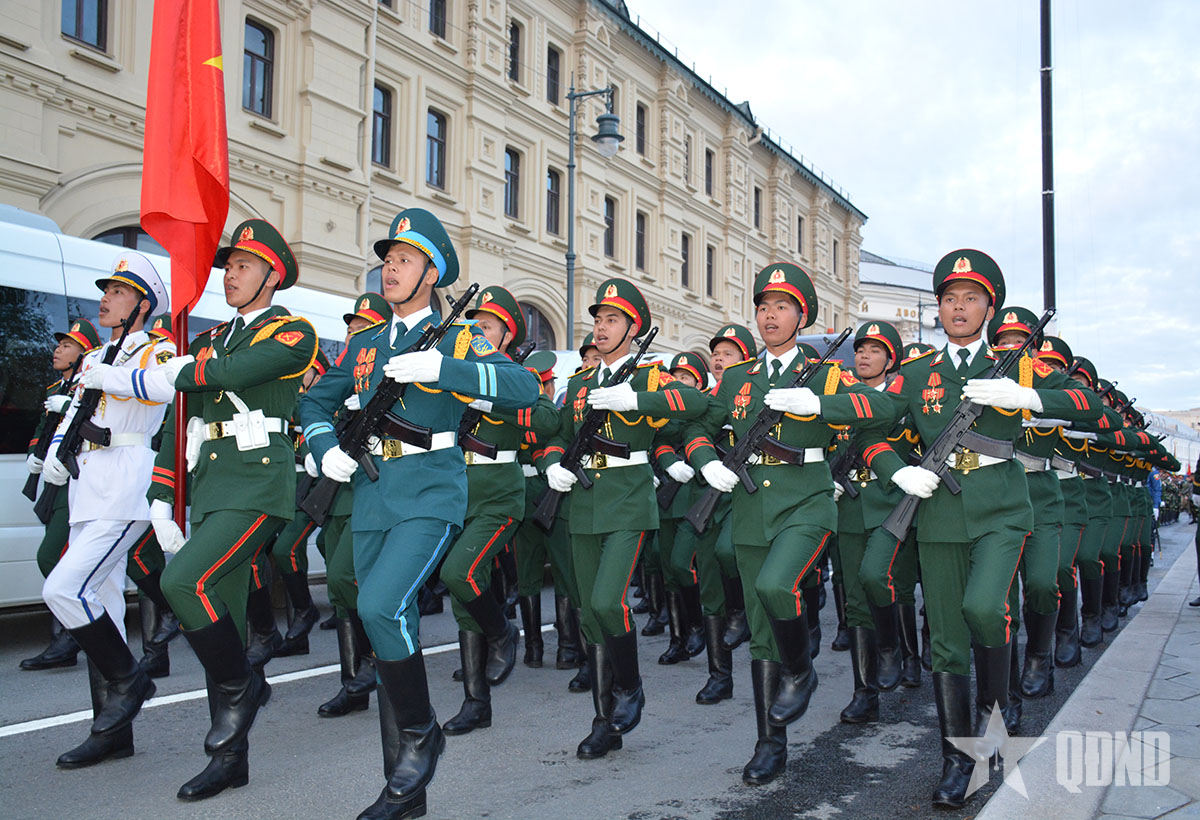






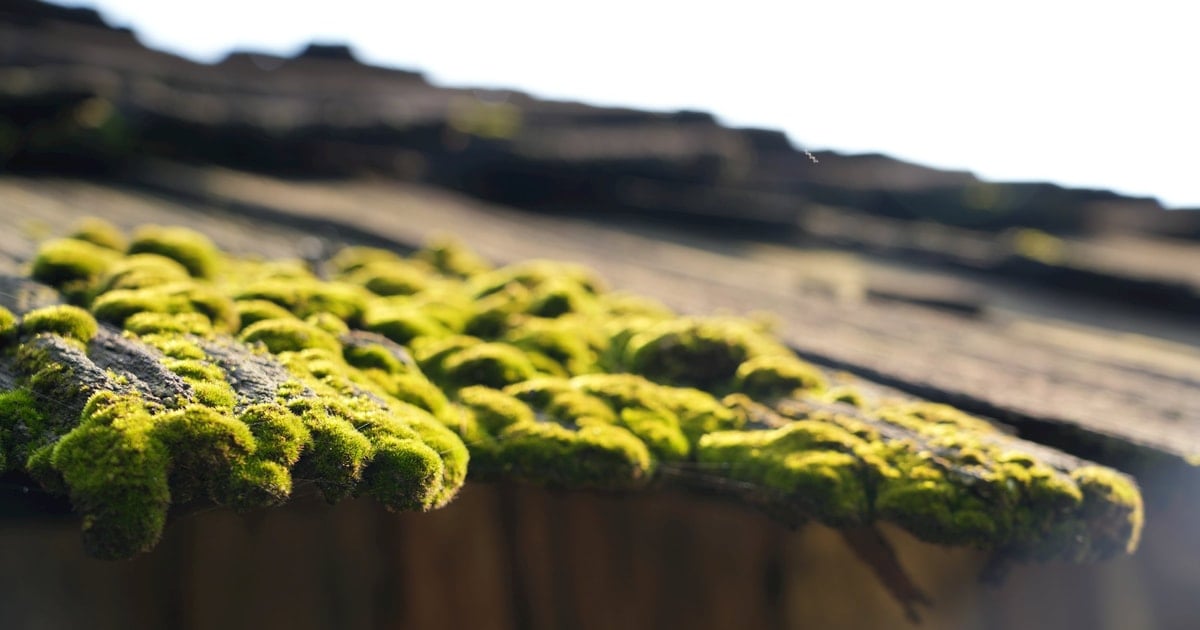

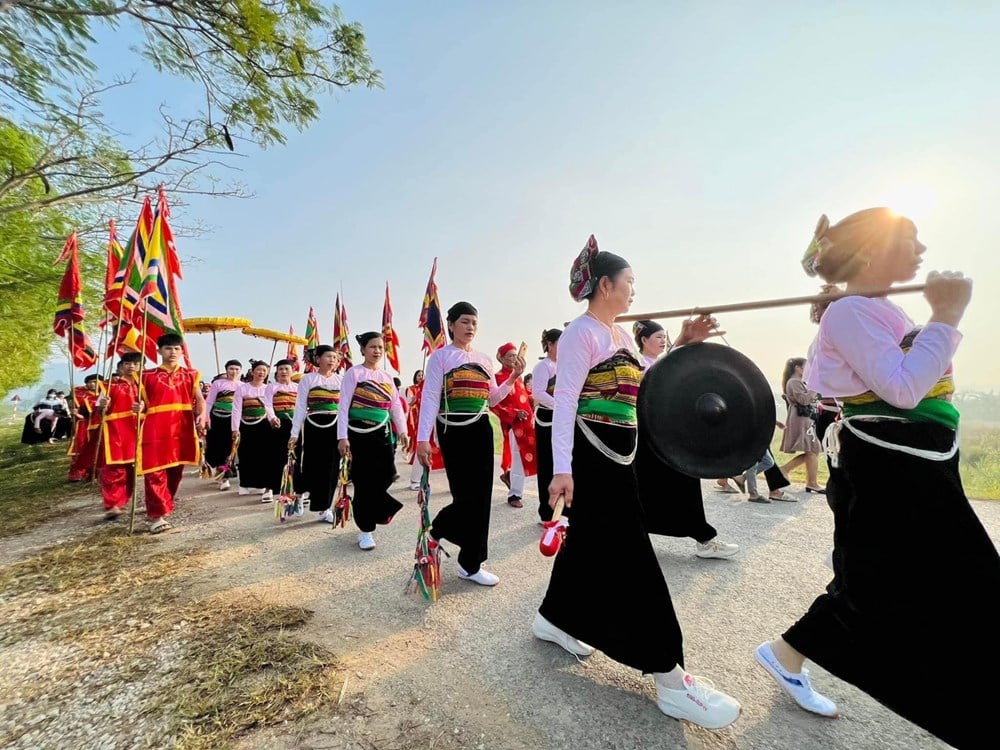

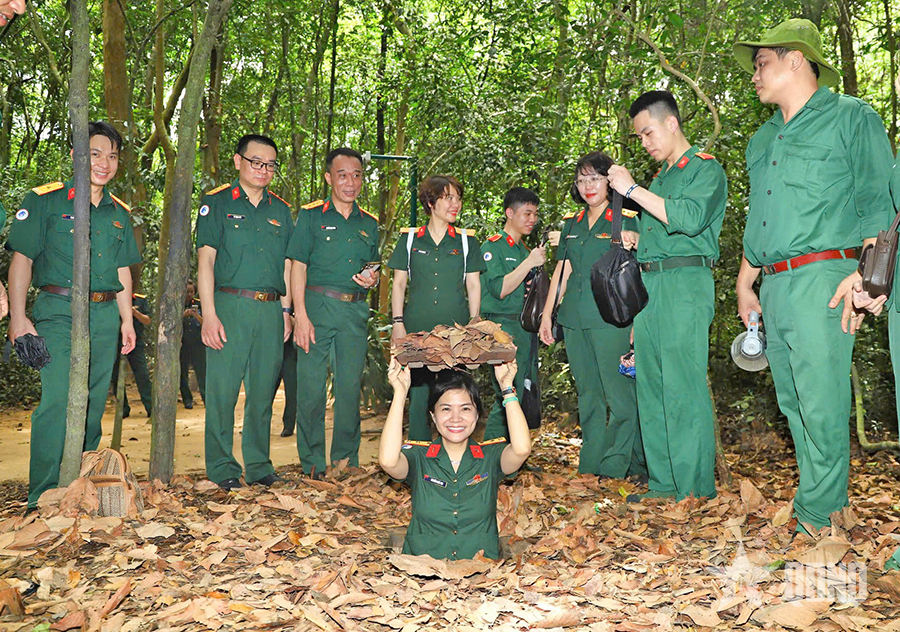

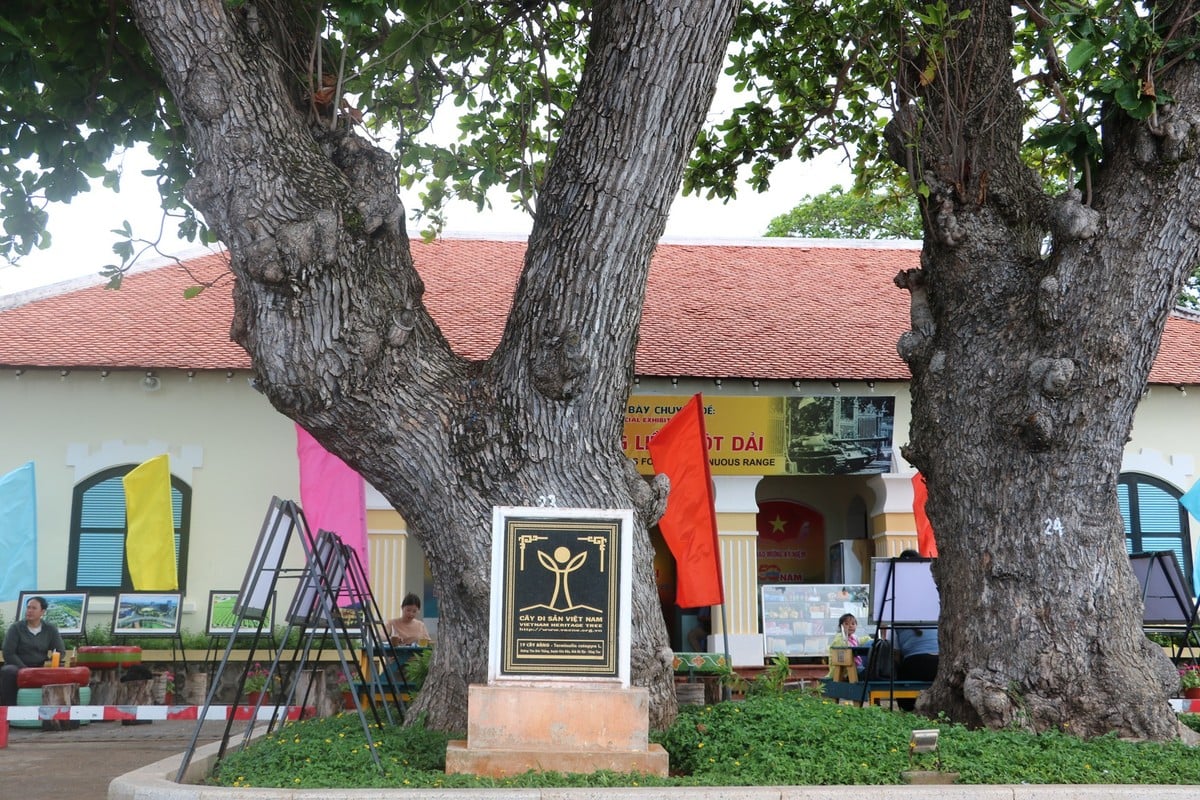











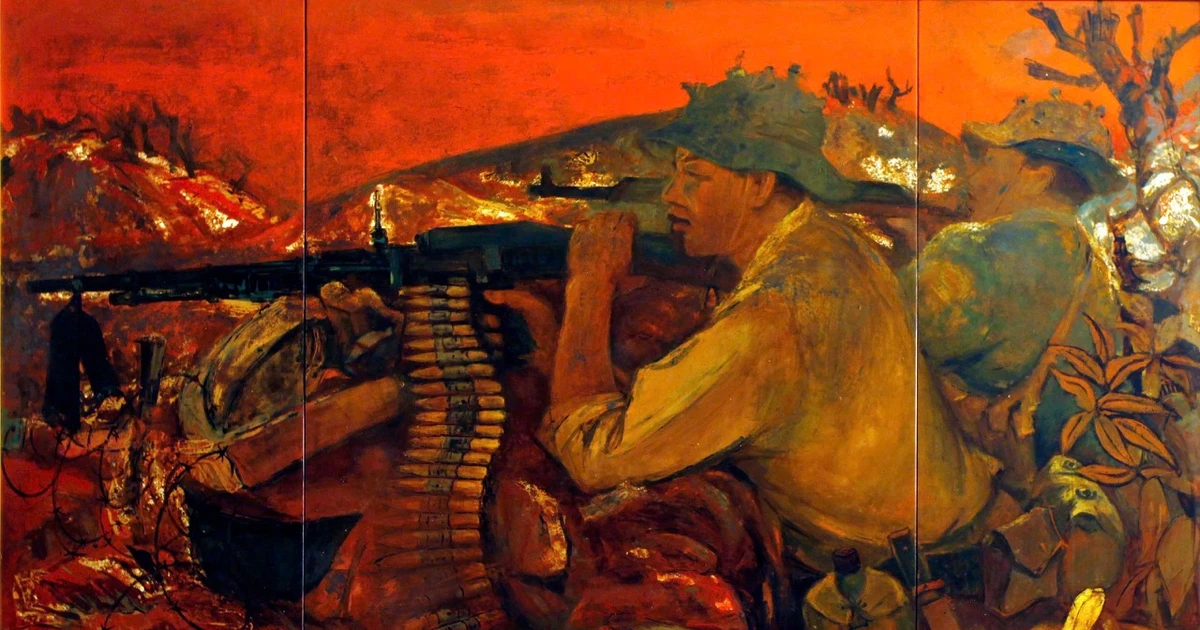





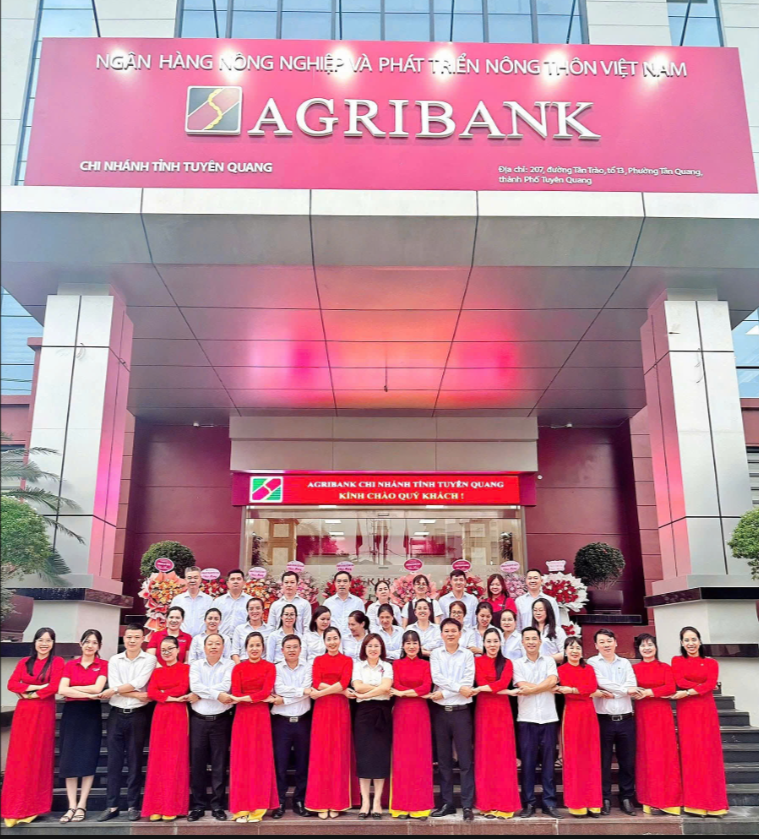















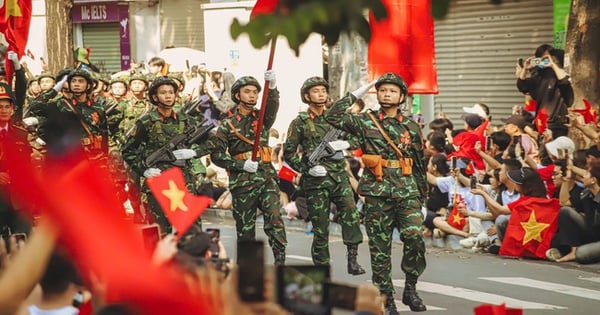
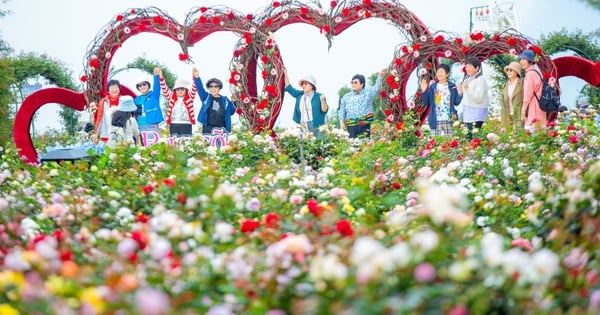
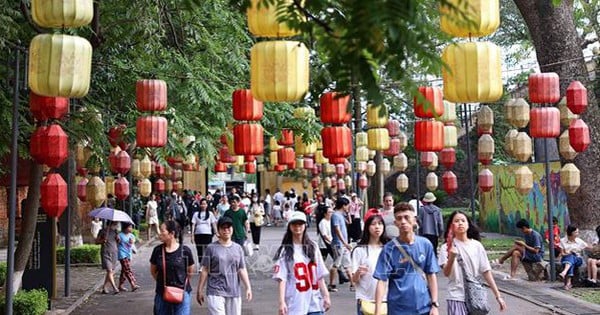



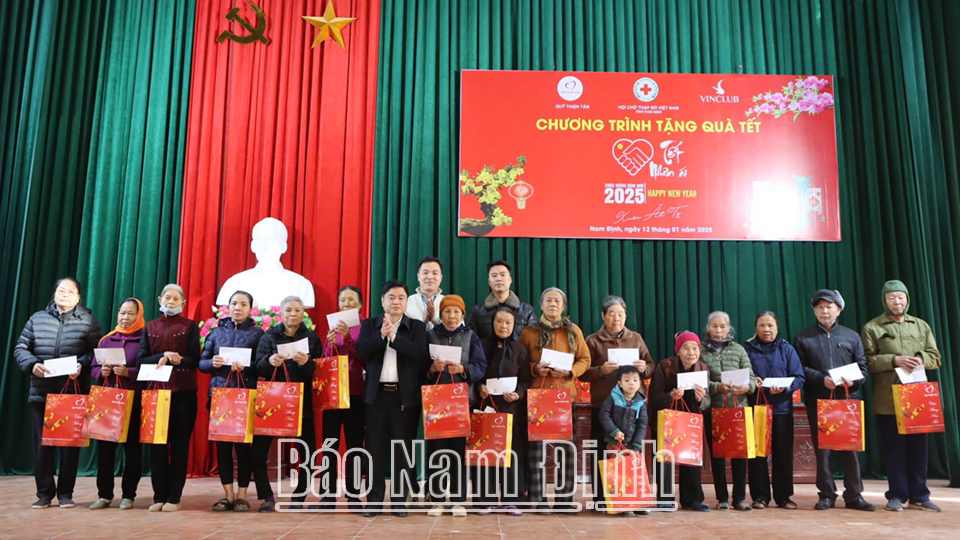
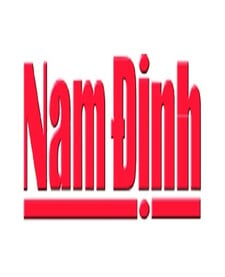
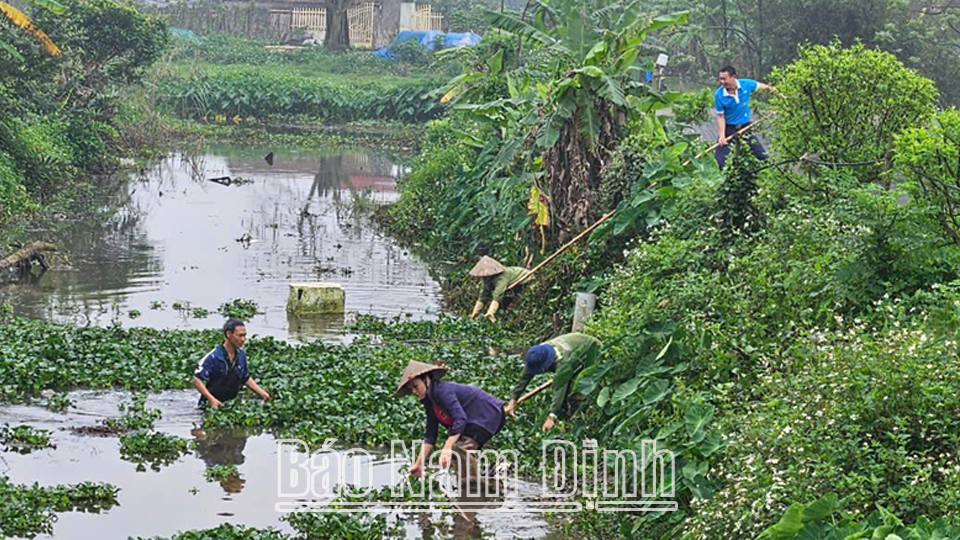
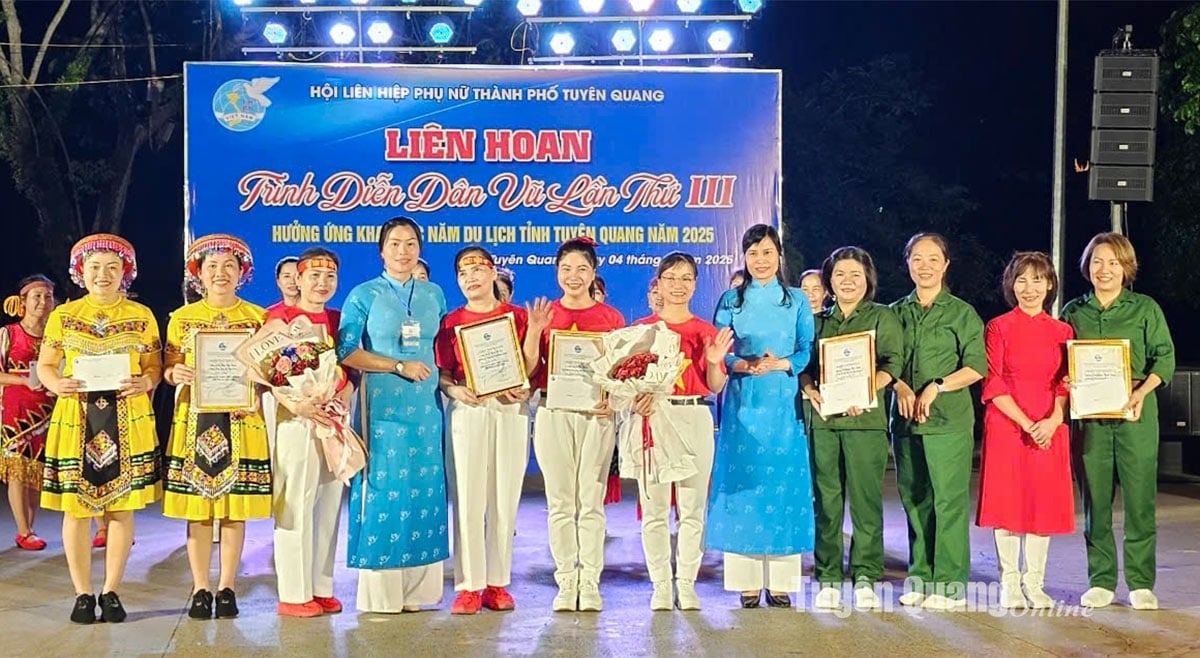







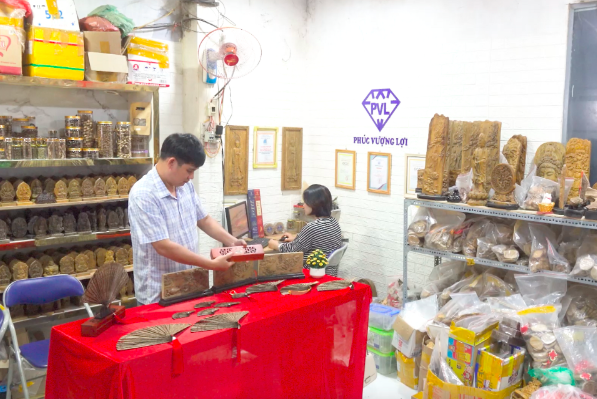


![[Video]. Building OCOP products based on local strengths](https://vstatic.vietnam.vn/vietnam/resource/IMAGE/2025/5/3/61677e8b3a364110b271e7b15ed91b3f)


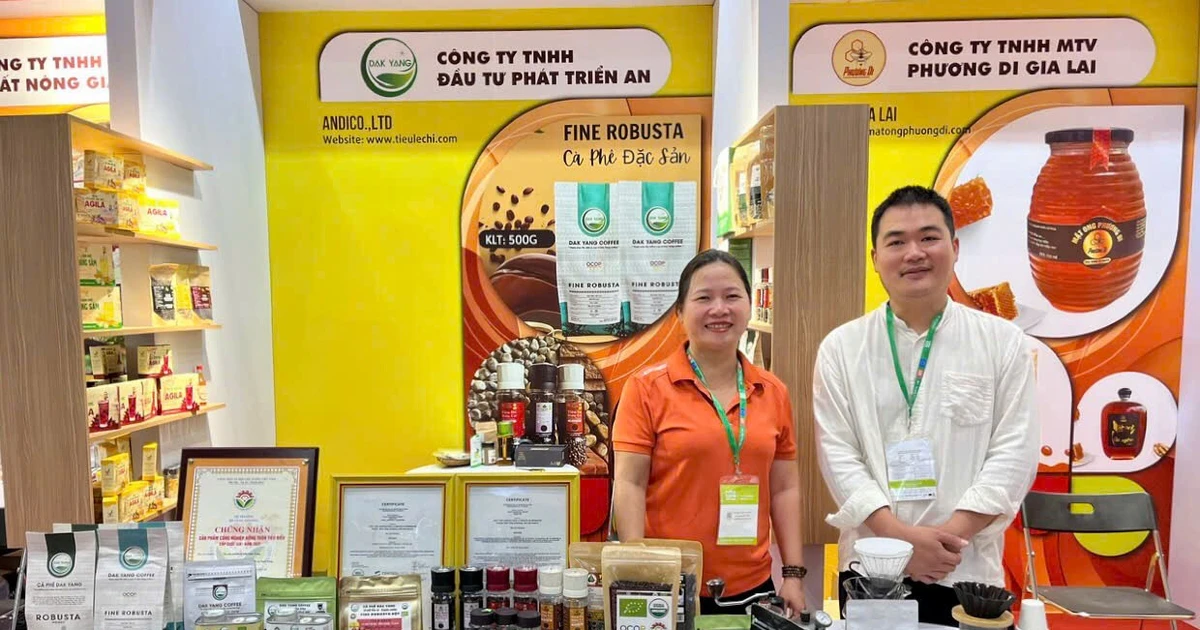

Comment (0)